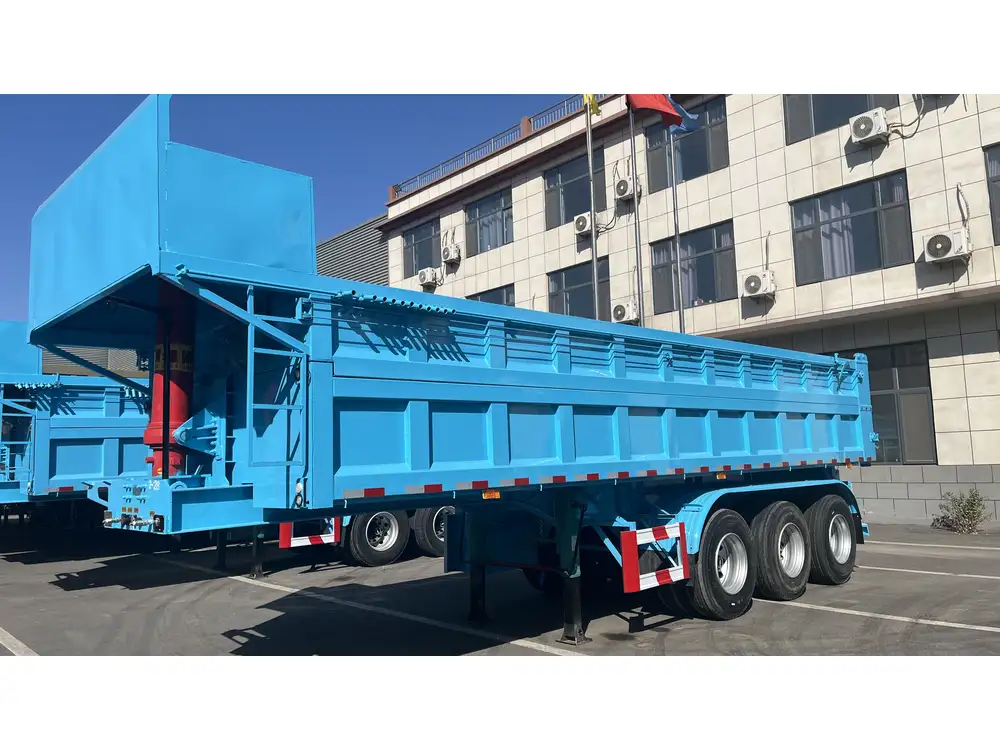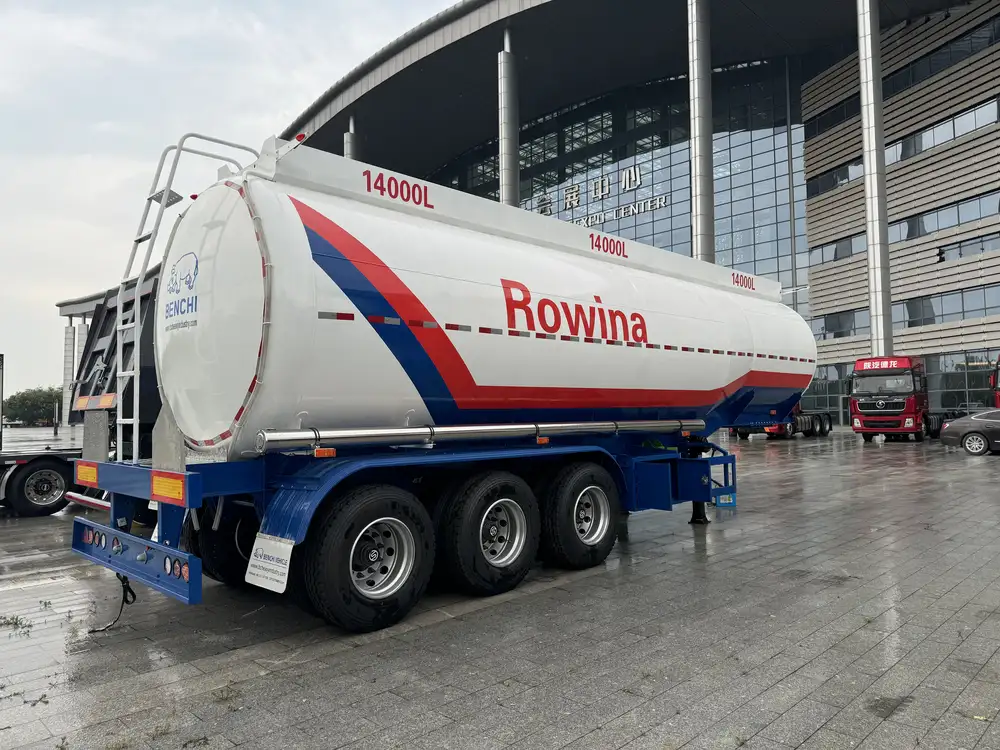When it comes to the world of transportation and logistics, understanding the weight of various trailers is a crucial factor that affects load capacity, safety, and legal compliance. Among the different types of trailers, flatbed trailers are widely utilized in various industries due to their versatility and ability to accommodate oversized loads. In this article, we delve deep into the question: What does a flatbed trailer weigh? By exploring the weight specifications, factors affecting weight, and implications for hauling, we aim to provide a comprehensive overview.
The Basics of Flatbed Trailers
Flatbed trailers are designed with a flat, open platform that allows them to carry a diverse range of cargo. Unlike enclosed trailers, they feature no sides or roof, providing a straightforward loading and unloading process. This type of trailer is prevalent in the transportation of construction materials, machinery, and large equipment. However, knowing the weight of flatbed trailers is essential for several reasons.
Typical Weight Ranges
The weight of a flatbed trailer varies widely based on several factors, including the materials used, dimensions, and added features. Here’s a breakdown of the typical weight ranges you might encounter:
| Trailer Type | Weight (Approx.) |
|---|---|
| Standard Flatbed Trailer | 2,000 – 4,000 lbs |
| Heavy-Duty Flatbed Trailer | 4,000 – 8,000 lbs |
| Extra-Wide Flatbed Trailer | 6,000 – 12,000 lbs |
| Specialized Flatbed Trailer | 8,000 – 15,000 lbs |
These figures provide a general idea, but it’s critical to consult specific manufacturers for precise weights as variations can arise from design elements.

Factors Influencing Flatbed Trailer Weight
1. Material Composition
The material from which a flatbed trailer is constructed greatly influences its overall weight. Most trailers use steel or aluminum as primary materials:
Steel Flatbed Trailers: These are generally heavier and more durable, suitable for handling robust loads. However, their increased weight can limit payload capacity.
Aluminum Flatbed Trailers: Lightweight yet strong, aluminum trailers enhance load capacity and fuel efficiency. However, they are often more expensive than steel counterparts.
2. Length and Width
Flatbed trailers come in various sizes, and the dimensions can have a significant impact on the weight. Standard lengths range from 20 to 53 feet:
Longer Trailers: Typically weigh more due to extended frame and structure.
Wider Trailers: Greater surface area can lead to an increased weight, especially if additional support features come into play.

3. Weight of Add-Ons and Features
From ramps to side rails and tie-down points, numerous features can alter the weight of a flatbed trailer. Each add-on serves a purpose:
Ramps: Used for loading/unloading equipment, can add significant weight, particularly if made of steel.
Extra Tie-Down Points: Essential for securing large loads, they may add negligible weight individually, but accumulate across multiple points.
4. Suspension System
A trailer’s suspension system can also affect the overall weight:
Leaf Spring Agitation: Common in traditional setups, known for durability but can add weight.
Air Ride Systems: Typically lighter than leaf springs; they absorb shock well, thus improving safety during transport but come at a higher cost.
Legal Weight Considerations
Understanding the legal weight limitations for trailer loads is crucial for compliance with transportation regulations. Depending on state and federal laws, there are maximum weight limits that truck and trailer combinations must adhere to:
Federal Limit: The federal vehicle weight limit is generally 80,000 lbs for truck and trailer combined, including the weight of the trailer itself.
State Regulations: Varies significantly from one state to another, requiring operators to check local laws to avoid hefty fines and ensure safety.

Calculating Effective Payload Capacity
To determine how much cargo a flatbed trailer can safely transport, operators must consider both the trailer’s weight and the total allowable weight. Here’s a simplified formula for effective payload capacity:
- Calculate the total allowable weight (state/federal regulations).
- Subtract the weight of the empty trailer.
For example:
- Total Allowable Weight: 80,000 lbs
- Weight of Flatbed Trailer: 4,000 lbs
- Effective Payload Capacity: 80,000 – 4,000 = 76,000 lbs
Understanding this calculation helps in planning loads effectively without overstepping legal limitations.
Safety Tips for Hauling with Flatbed Trailers
Ensuring safe transport of cargo on flatbed trailers is pivotal, given their propensity for instability due to the open design. Here are essential tips to maintain safety standards:
Load Distribution: Balance the load evenly across the trailer to prevent tipping or swaying while in transit.
Secure Cargo: Utilize proper tie-down straps and chains to secure the load, preventing shifting during movement.
Weight Compliance: Always be mindful of legal weight restrictions to avoid penalties and ensure safety on the road.
Pre-Trip Inspections: Routine checks on the trailer’s tires, brakes, lights, and load security before embarking on a journey.
Conclusion: Making Informed Decisions in Flatbed Transportation
Understanding the weight of flatbed trailers is integral to optimizing their utility and ensuring compliance with safety regulations. From the selection of materials and dimensions to the consideration of legal limits and effective payload calculations, every detail plays a significant role in the successful and safe transportation of goods.
When choosing a flatbed trailer, consider your specific transportation needs, the type of cargo being transported, and the average distances involved. Investing time in understanding these weight factors can lead to enhanced safety, reduced risks, and improved profitability for transportation businesses.

Further Reading:
- Regulatory Guidelines for Transportation
- Optimal Load Distribution Techniques
- Innovations in Flatbed Trailer Designs
Knowledge is power, and in the realm of logistics, the more informed you are, the better equipped you will be to address challenges and enhance operational efficiency. We encourage readers to delve into these aspects and make informed decisions that benefit their transportation endeavors.



